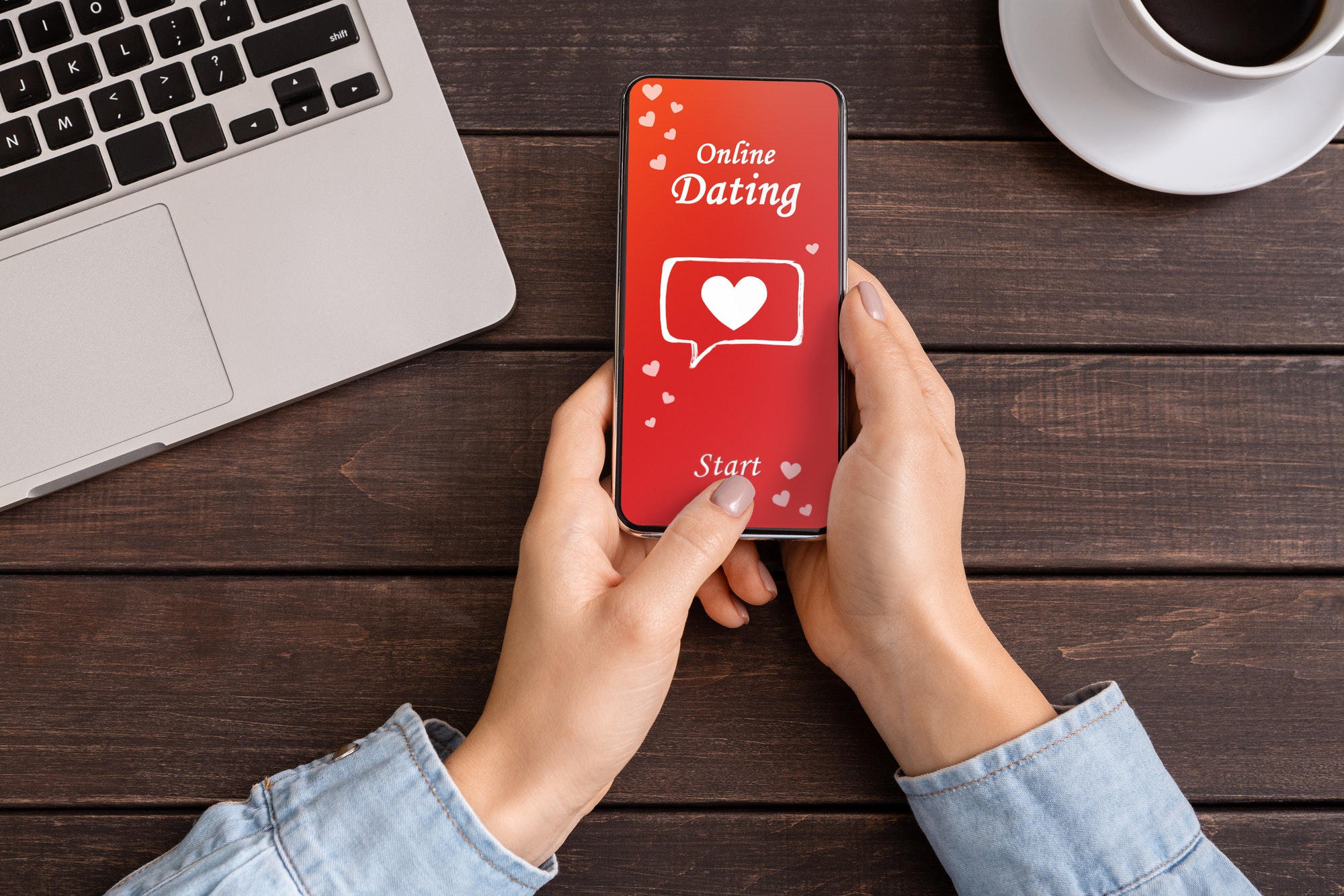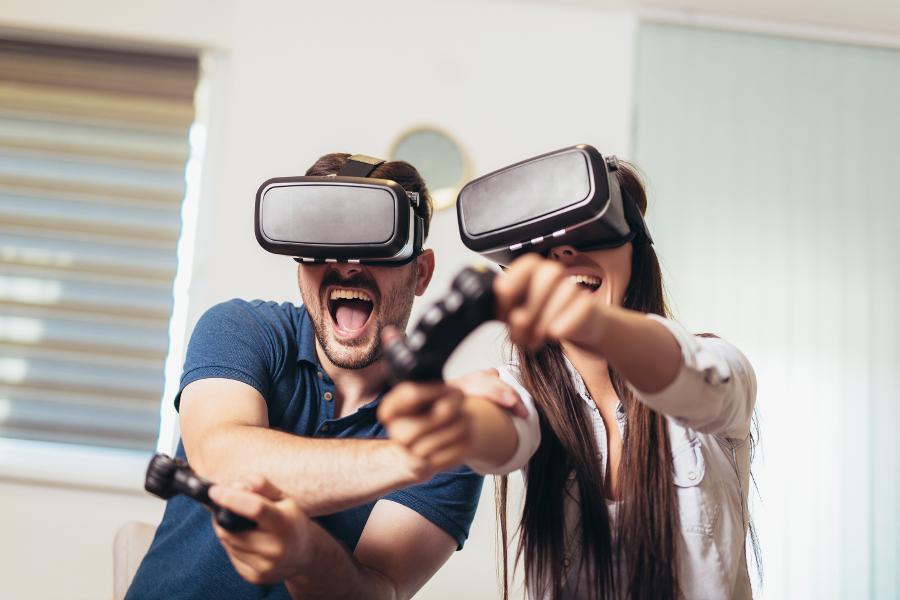Modern dating is a far cry from the courtship our grandparents experienced. In the past, people met their partners at work, on a night out, or at church. Then came the internet and cellular technology —suddenly, distance was not an issue, and the phrase “plenty of fish” has never rung truer.
40% of Americans use online dating, contributing to the $3 billion industry that’s set to grow 25% by 2020. Online dating is no longer seen as a last-ditch attempt to find love. Instead, it is becoming the standard—one-third of marriages in the U.S. begin online.
The market is flooded with dating apps like Tinder, Bumble and Hinge. Each has different features that allow you to trawl your way through potential suiters and find ‘the one’. Unfortunately, it’s not always rosy—53% of people lie on their profile about their height, weight or job. This may explain why nearly 1 in 5 U.S. dating app users say they’ve had negative experiences.

Technology has revolutionized how we find a partner. Looking to the future, we know that the way people meet, interact, and ultimately fall in love will continue to be redefined by advances in technology. Take virtual reality for example…
A key promise of VR is the possibility of remote social interaction that is more immersive than any other media. I’ve looked before at how people socialize in the virtual space, but what about meeting your future partner in VR?
A VR date should be a more intense and personal experience than online dating. Moving from screen to VR invokes “presence”—the feeling of actually being in the virtual space itself. Studies show that using apps like Skype and Facetime results in greater trust and satisfaction, compared to just talking over the phone. It follows that VR dating will achieve this to an even greater extent.
Imagine a date where you take a spacewalk together or go on a romantic stroll through Paris, serenaded by your favorite band. By creating limitless spaces and unique experiences for people to share without spending a dime, virtual reality becomes a low-risk way to foster attraction.
Experiences shared in virtual reality can be just as powerful as those in real life—which opens up the door for romance to blossom between VR users, if that’s what they are both looking for. Lindsay Portnoy, an educational psychologist and co-founder and chief learning officer at Killer Snails, said:
“The ability to engage users through multiple senses, communicate from the safety of your own space, and the capacity to hear, see, and maybe even feel your partner in a virtual space are some of the many reasons why virtual reality may be the future of dating and love.”




